As industries continue to implement automation and strive to create more immersive experiences, spatial awareness technologies have become a cornerstone tool. Among these, 3D cameras stand out as versatile instruments capable of capturing depth and spatial geometry in real time. Whether embedded in robotic systems or integrated into consumer platforms, these cameras are reshaping how machines perceive and interact with their environment.

What’s a 3D Camera?
3D cameras, such as Revopoint’s Surface HD, capture spatial depth in addition to color and texture, allowing for the perception of an object's three-dimensional structure. Unlike conventional cameras that capture flat, two-dimensional images, 3D cameras measure the distances between the camera and objects in the environment, creating depth maps or RGB-D images, which combine color and depth information.
Similar to 3D scanners, several different technologies are used to power 3D cameras.
Stereo Vision: Mimics human binocular vision using two or more lenses to triangulate depth.
Structured Light: Projects a known light pattern onto a scene and measures distortion to infer depth.
Time-of-Flight (ToF): Measures the time it takes for emitted light to return to the sensor after reflecting off objects.
LiDAR: Uses laser pulses to generate distance measurements.
3D Cameras vs. 3D Scanners
While both 3D cameras and 3D scanners capture three-dimensional information, their use cases, accuracy, and operational characteristics differ markedly.

|
Feature |
3D Camera |
3D Scanner |
|
Primary Use |
Real-time depth sensing |
Detailed 3D model creation |
|
Speed |
Real-time capture |
Slower, often requires multiple passes |
|
Accuracy |
Moderate |
High accuracy and resolution |
|
Output |
Depth maps, RGB-D video |
Point clouds, high-fidelity meshes |
|
Cost |
Generally affordable |
Often higher in price |
|
Base Technologies |
Stereo vision, ToF, structured light |
Laser scanning, structured light, and photogrammetry |
|
Use Cases |
Robotics, AR/VR, gesture tracking |
Reverse engineering, 3D printing, surveying |
In essence, 3D cameras are designed for dynamic, real-time environments, whereas 3D scanners excel in capturing high-detail, static objects.
3D Camera Applications
Robotics and Autonomous Navigation
3D cameras are an essential part, enabling robots and autonomous vehicles to navigate complex environments, detect obstacles, and generate real-time 3D maps. Whether used in factory automation or last-mile delivery, depth perception provided by 3D cameras is crucial for collision avoidance and path planning.
Industrial Automation and Quality Control

On manufacturing floors, 3D cameras support visual inspection, component measurement, and automated assembly tasks. Their integration with robotic arms facilitates object manipulation and adaptive responses to production variability.
Retail and E-Commerce

3D cameras enhance virtual fitting rooms, body scanning for size recommendations, and in-store analytics. In logistics and warehousing, they support automated shelf scanning and package dimensioning, streamlining inventory management.
Human-Robot Interaction (HRI)
By capturing the depth and movement of people, 3D cameras enable robots to work safely and intuitively alongside human workers. This is particularly valuable in collaborative manufacturing lines and has seen some limited use in policing, with police robots patrolling areas.
Augmented and Virtual Reality
In AR/VR systems, 3D cameras enable the creation of more immersive and responsive experiences. They enable devices such as the Apple Vision Pro to map environments in real-time, allowing for digital overlays that interact naturally with physical spaces.
Security and Access Control
Facial recognition systems equipped with 3D imaging are more secure than their 2D counterparts, thanks to their ability to capture depth contours and reduce susceptibility to spoofing attacks. These are now standard in smartphones and high-security environments.
Logistics and Warehousing
From automated sorting to palletization and item picking, 3D cameras play a crucial role in modern supply chain operations. Their ability to rapidly assess object dimensions and locations helps optimize throughput and reduce manual labor.

Healthcare and Medical Imaging
Emerging applications in healthcare include motion tracking for physical therapy, posture assessment, and patient monitoring. Non-contact depth sensing enables unobtrusive and continuous evaluation in clinical or home settings.

As the technology becomes more refined and accessible, its integration across industries is accelerating, from enhancing human-computer interaction to powering the next generation of autonomous systems. For any business seeking to elevate automation or their user experience, 3D cameras represent a compelling and increasingly essential investment.


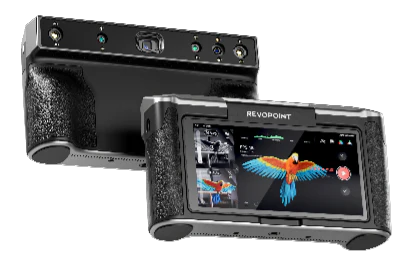

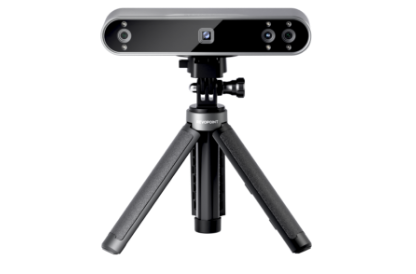
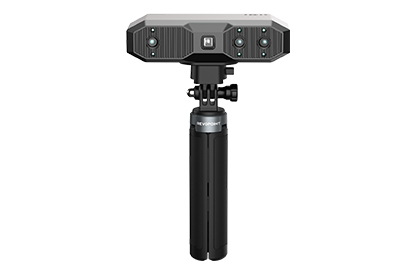
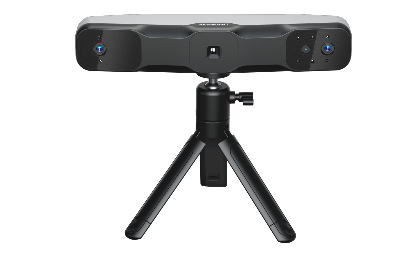
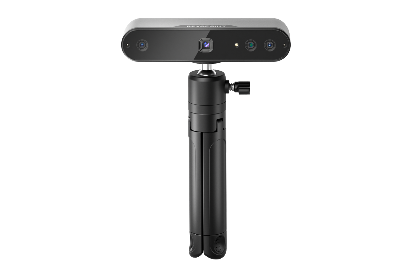








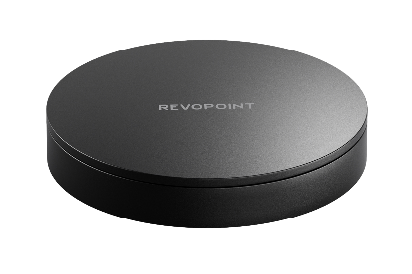
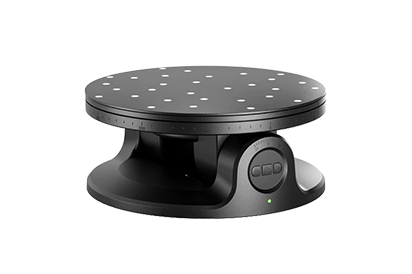


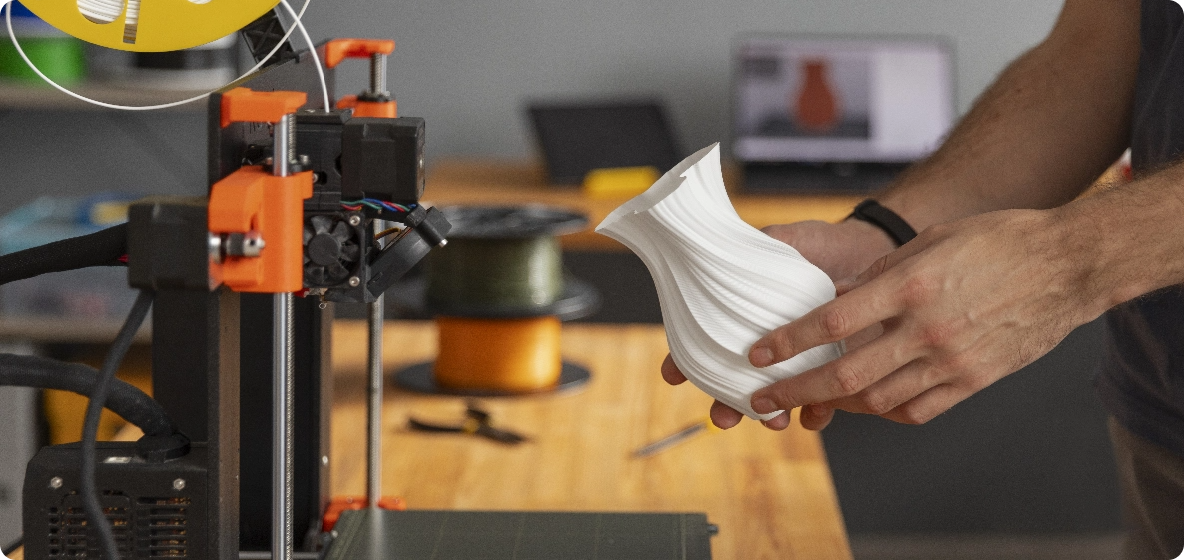
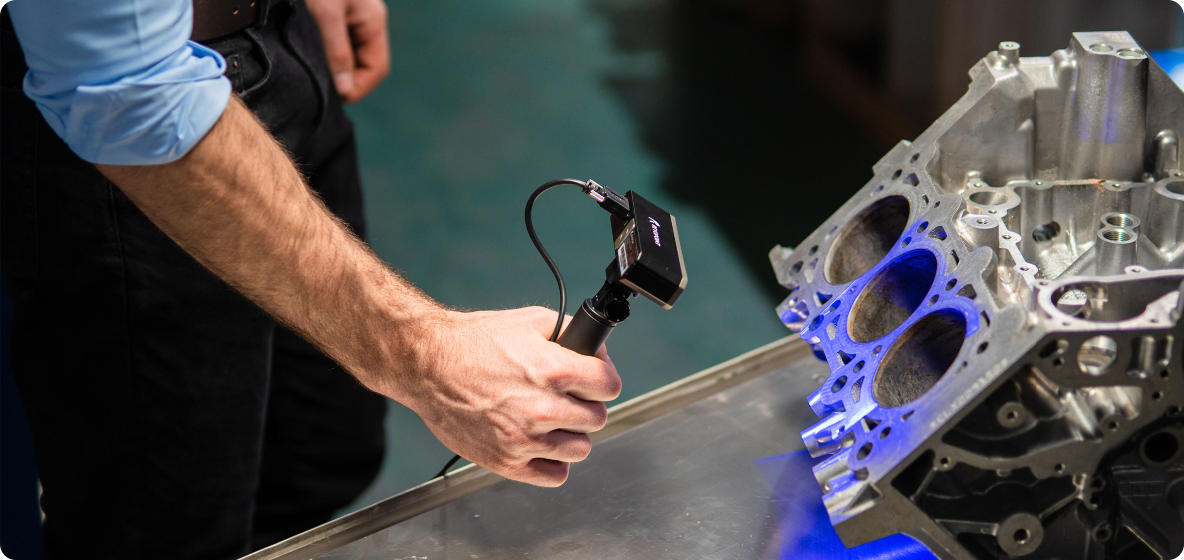
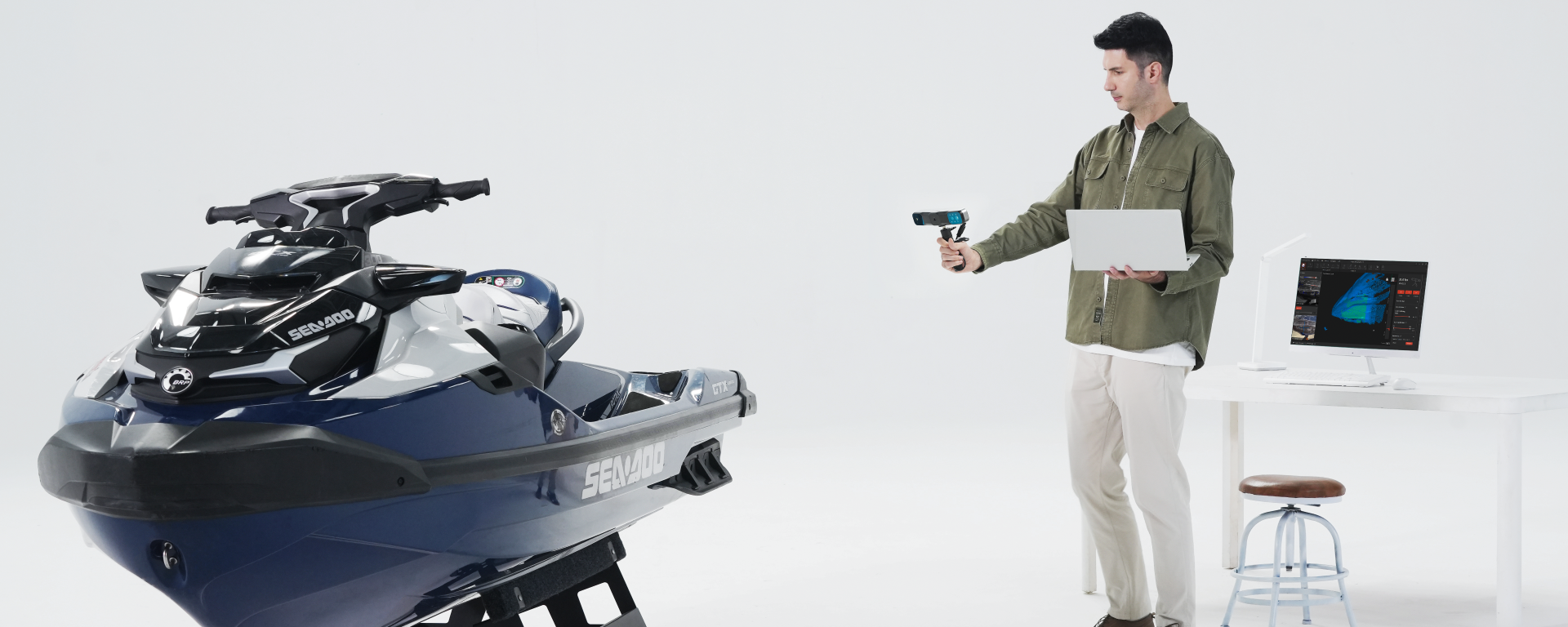
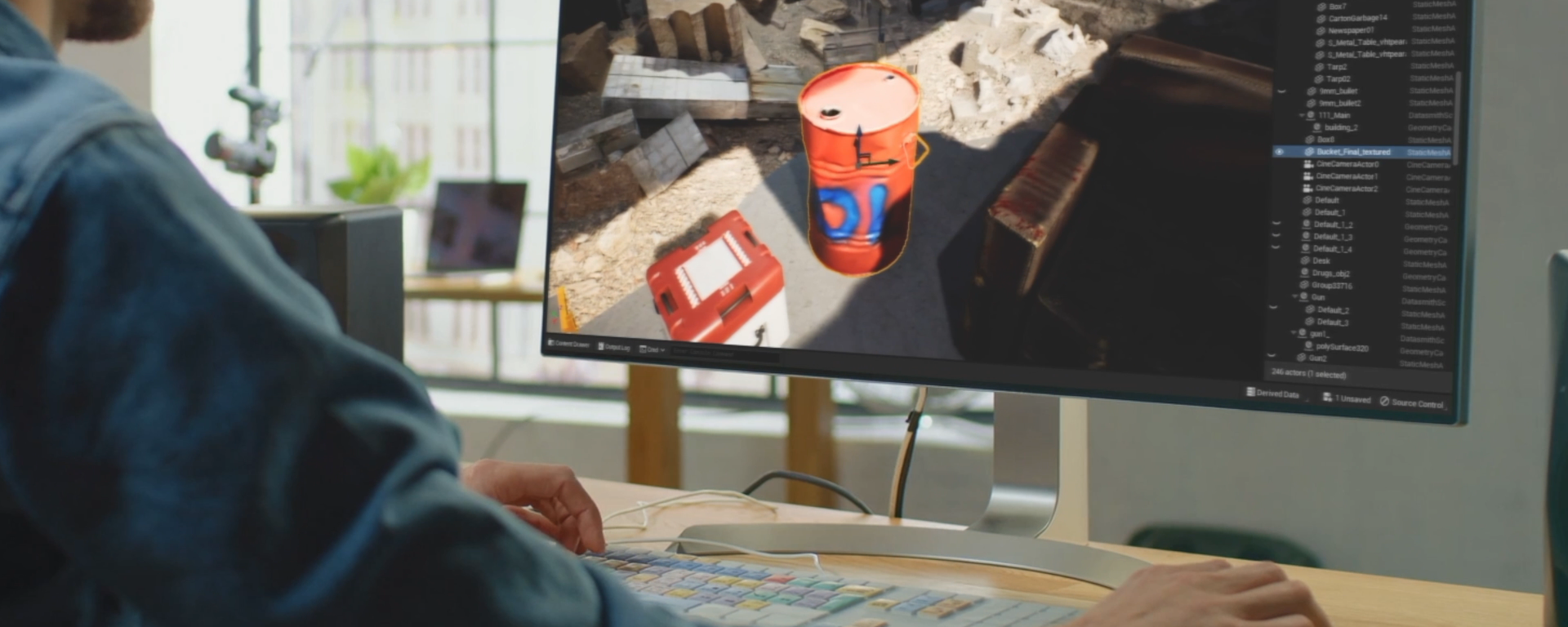
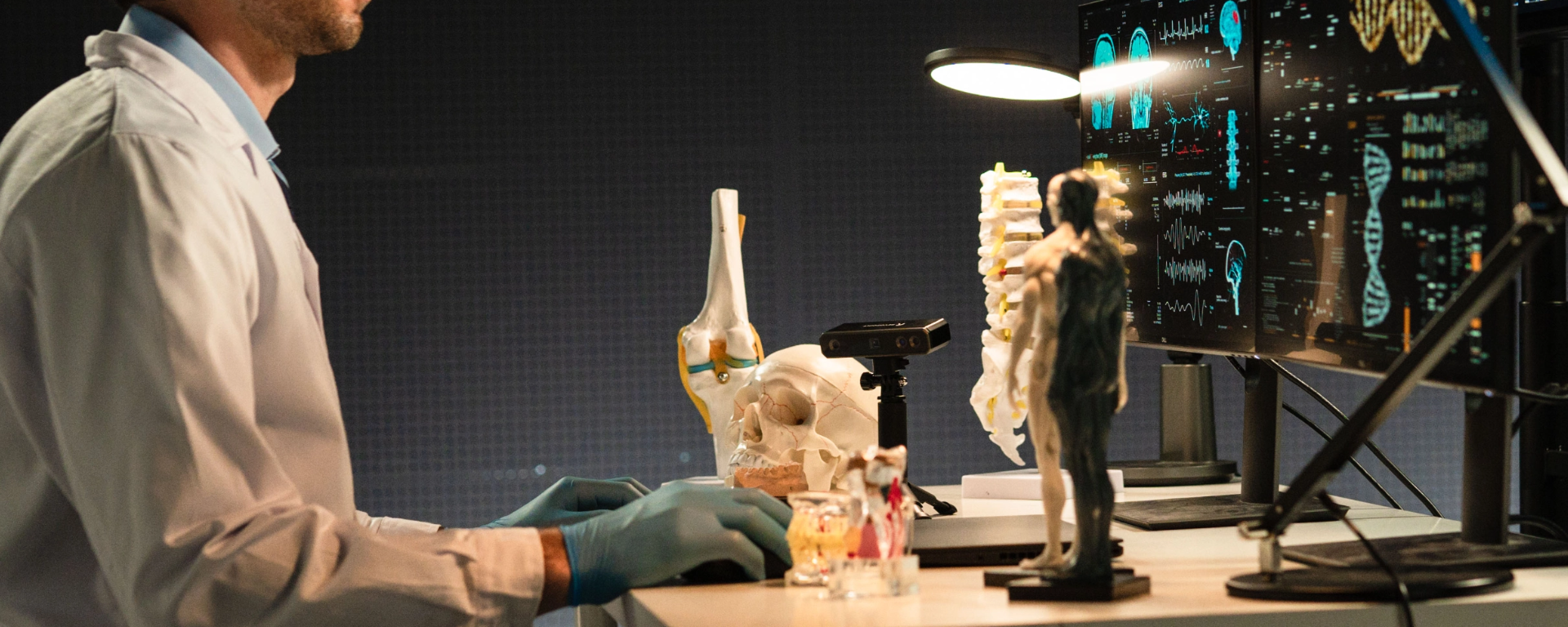
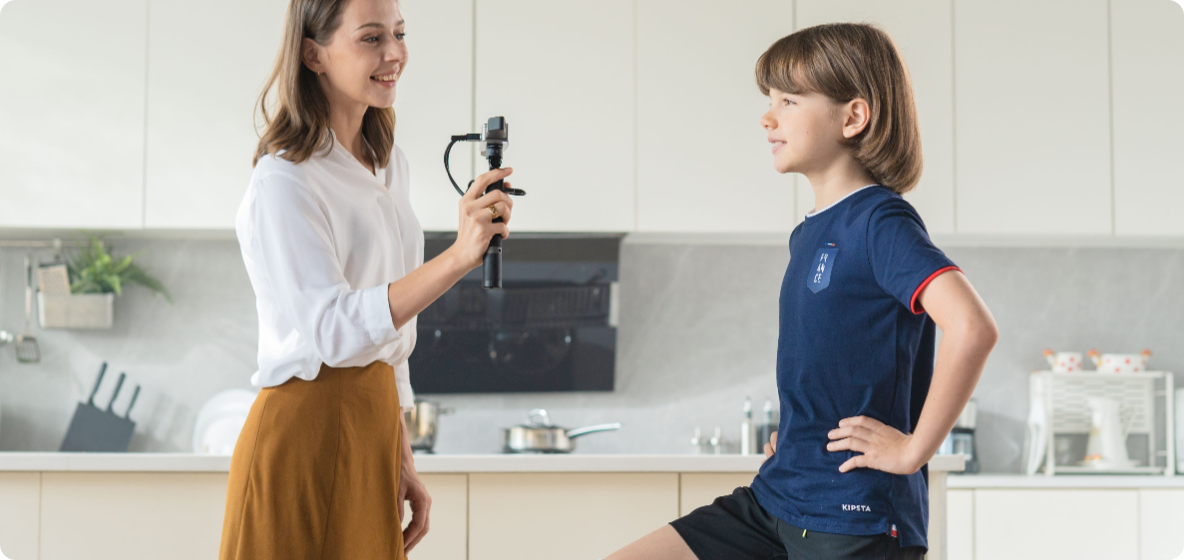
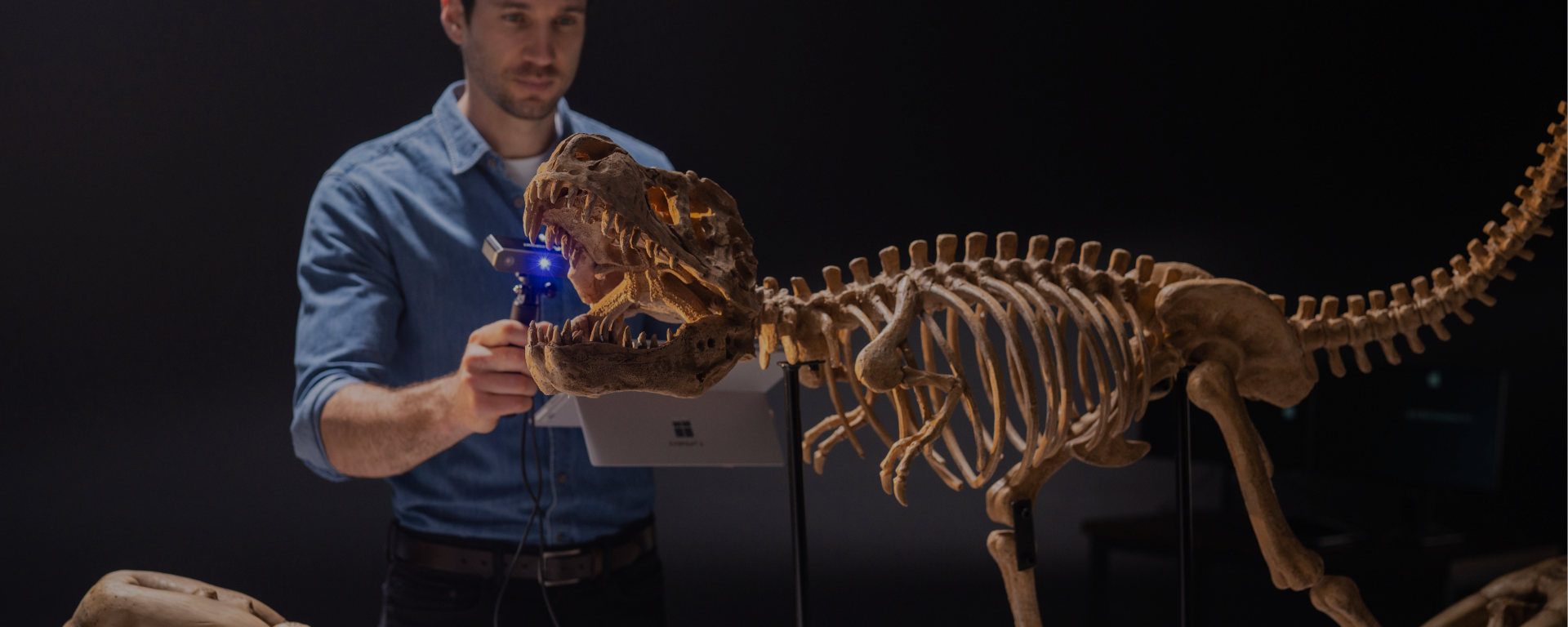
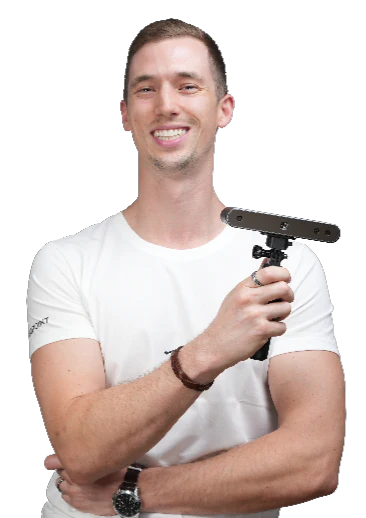
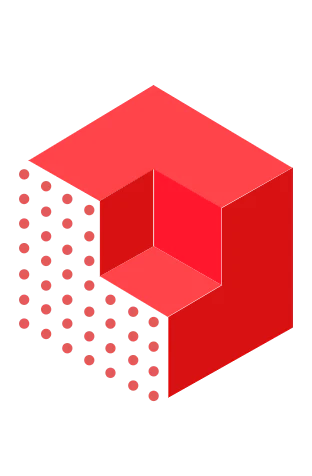



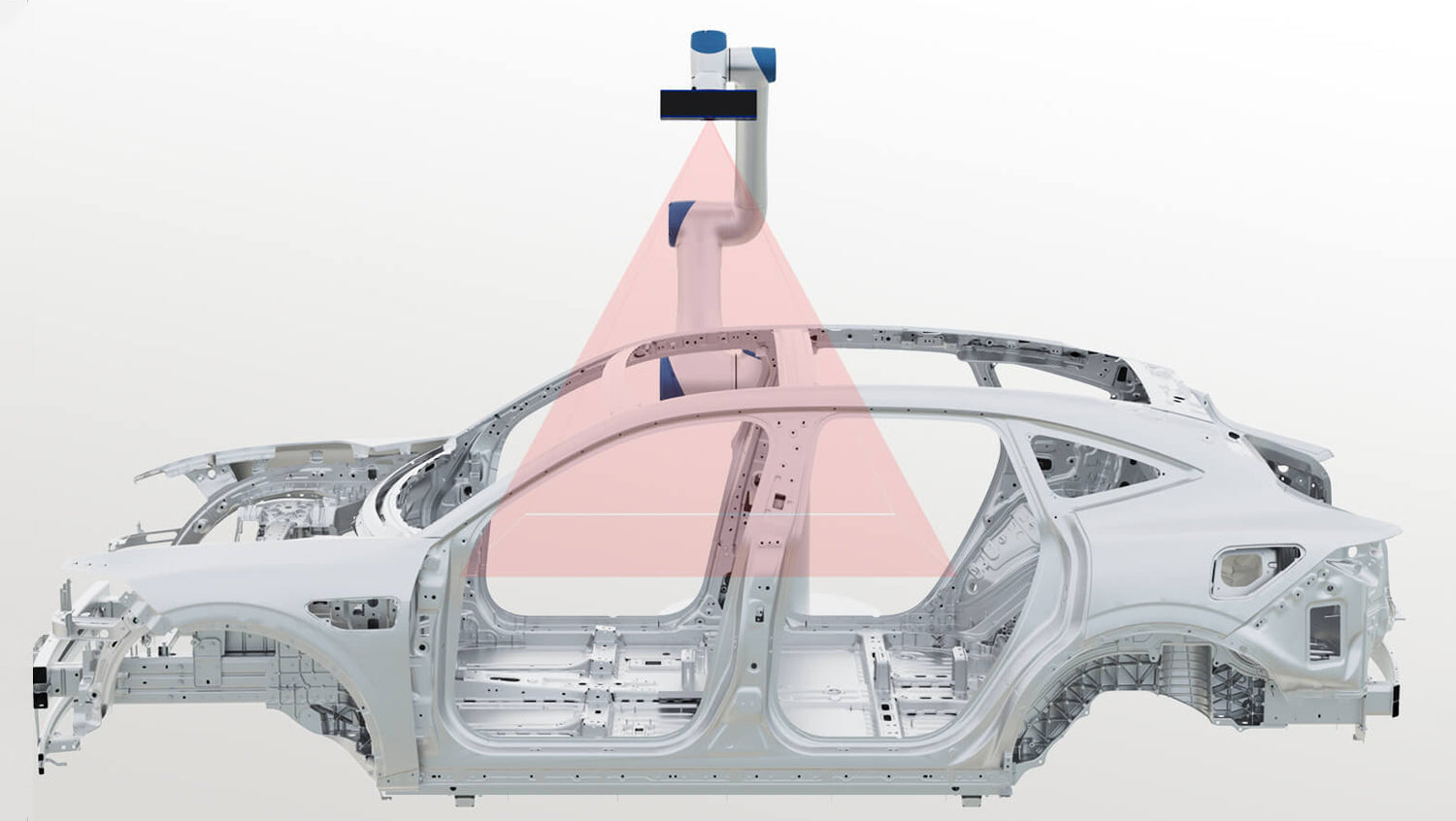
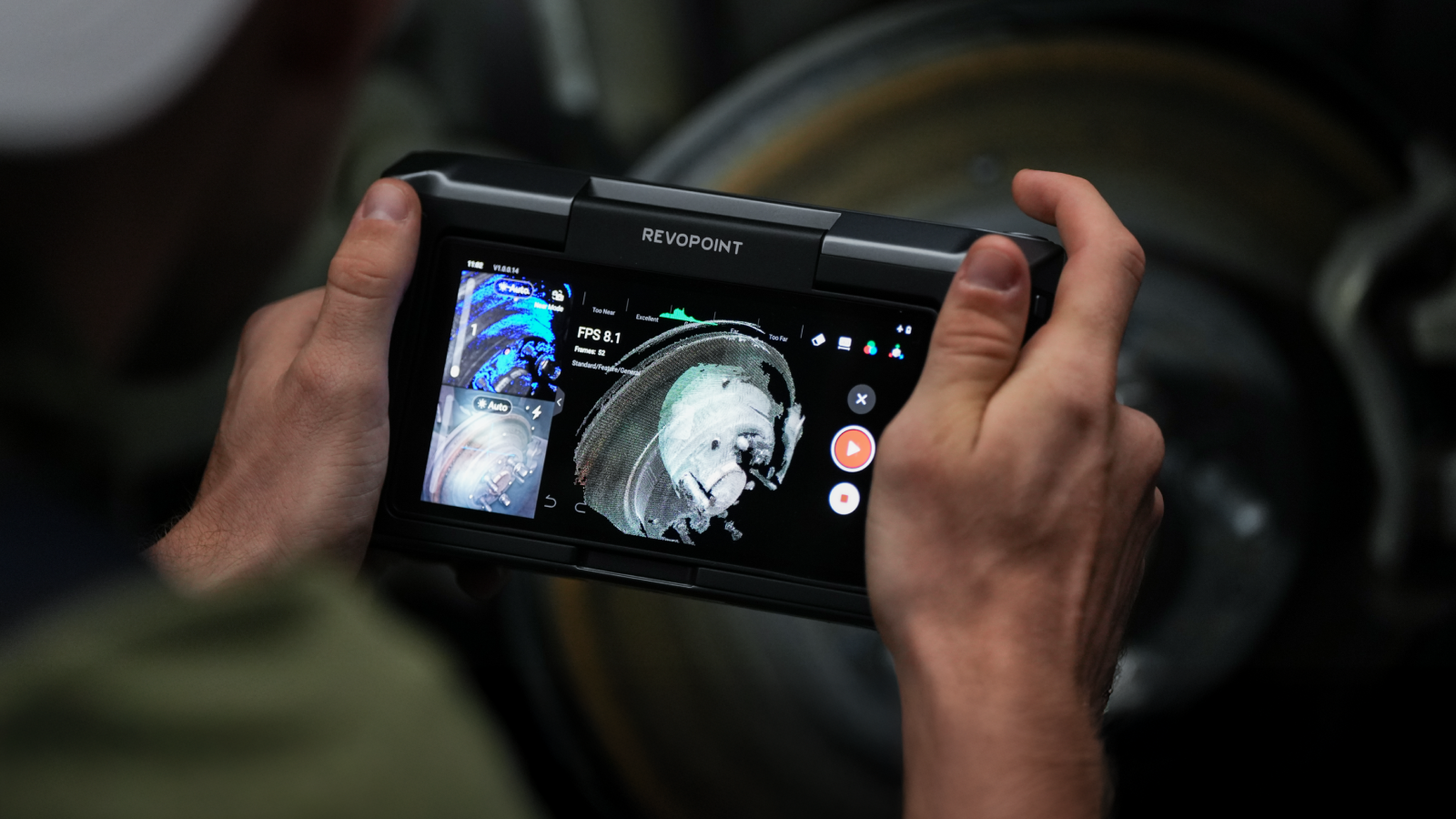
Leave a comment
This site is protected by hCaptcha and the hCaptcha Privacy Policy and Terms of Service apply.